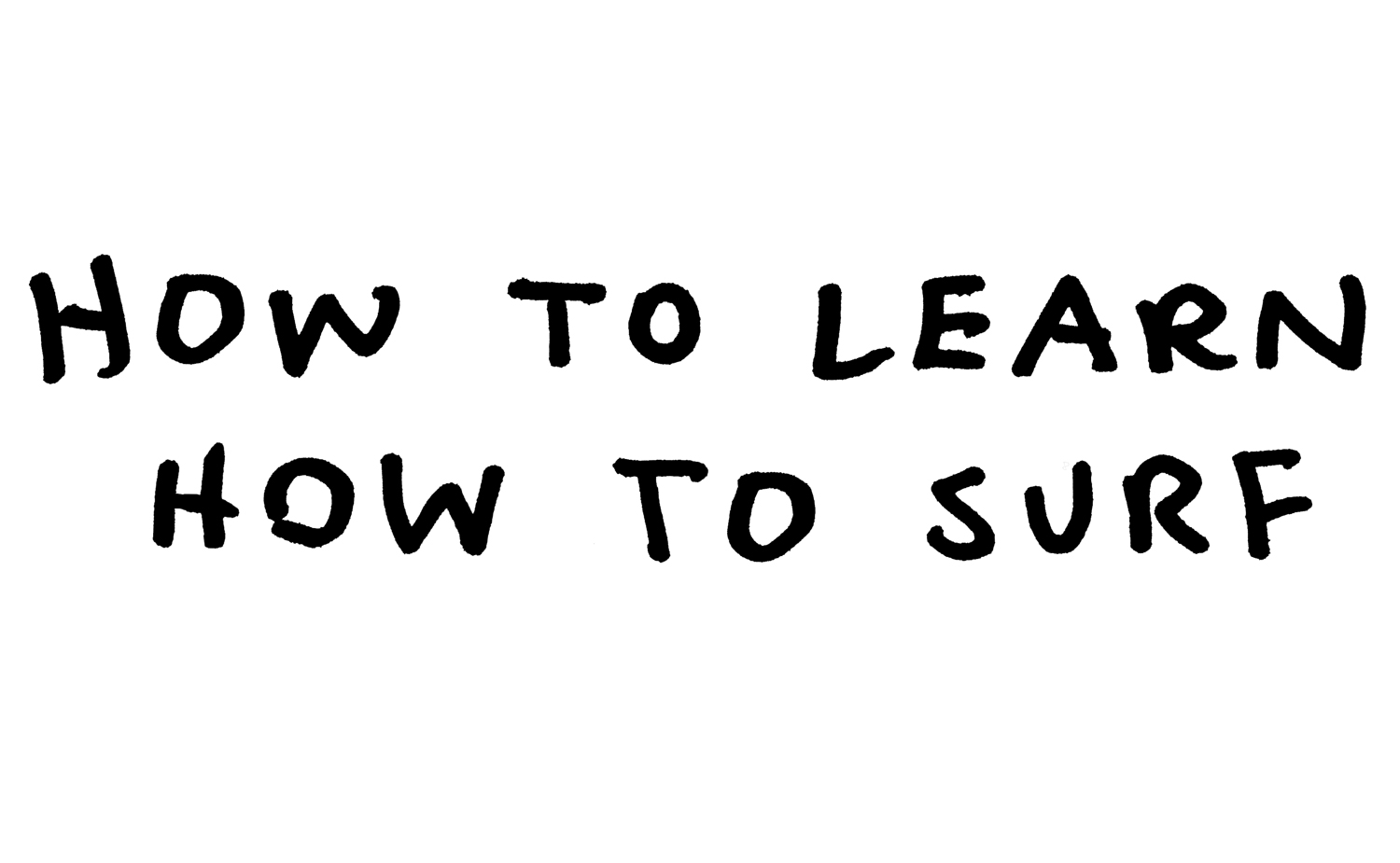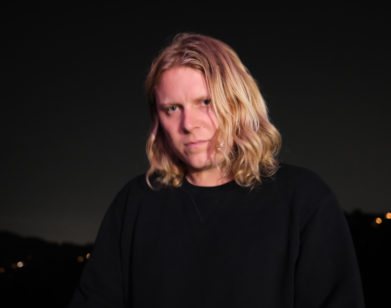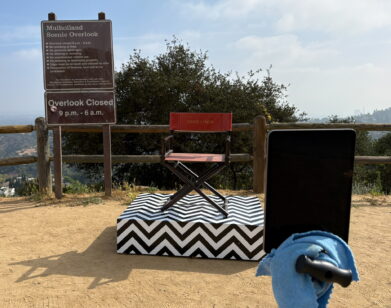Artist Tom Sachs Teaches Us How to Learn How to Surf
 Last summer, the artist Tom Sachs—a master of bricolage who once made a Chanel-branded guillotine and a 1:1 model of the Apollo lunar module—traveled to Bali to film “How to Learn How to Surf.” The first “How to” in the title is not a typo; it is, in fact, the most important element of the story. Sachs—who was accompanied by his studio assistants and his “surfing rabbi” Pat “Punker Pat” Towersey—never actually learned how to surf. Instead, he learned to love a sport that looks so incredibly cool in pictures but is so impossibly frustrating to master in real life. Here, Sachs walks us through the Sisyphean satisfaction of finding the fun in struggle.
Last summer, the artist Tom Sachs—a master of bricolage who once made a Chanel-branded guillotine and a 1:1 model of the Apollo lunar module—traveled to Bali to film “How to Learn How to Surf.” The first “How to” in the title is not a typo; it is, in fact, the most important element of the story. Sachs—who was accompanied by his studio assistants and his “surfing rabbi” Pat “Punker Pat” Towersey—never actually learned how to surf. Instead, he learned to love a sport that looks so incredibly cool in pictures but is so impossibly frustrating to master in real life. Here, Sachs walks us through the Sisyphean satisfaction of finding the fun in struggle.
———
1. SACRED SPACE
The first step is to dogmatically show respect for your environment. If you go into it with respect, 90 percent of your problems are already solved right there. One of the beautiful things about surfing is that you can immediately see the interplay between man and nature.
2. LEARN THE CODE
One of the rules in the U.S. Army Survival Manual is to always behave like a native. Surfing has all these community codes about who has priority and who goes first that are very complex and Byzantine. It takes a while to come to terms with them.
3. HE UNDERSTANDS
The legend of [the saxophonist] Charlie Parker is that he was shunned by his community. He was a genius, but everybody made fun of him—it was so fucked up!—so he went into seclusion and developed his genius in private. But unless you’re Charlie Parker, I think it’s best to learn from a master. Mine is Punker Pat.
4. COMPARE AND DESPAIR
Expectation is the thief of joy, so you must come to terms with the fact that surfing is paddling and waiting for waves as much as it is getting barreled. There is an illusion perpetuated by advertisers—and Interview magazine—that you can have it all without the work: “Wear this watch, be James Bond.” “Wear these sneakers, be Michael Jordan.” Maybe riding the wave is more fun than paddling, but once you embrace that they’re both sides of the same thing, it all becomes more pleasurable.
5. GET IN THE BOAT
We had the best tools to help us learn how to surf last summer. We had a boat to take us to all these spots in Bali. We had the best boards in the world. And we still stink.
6. BE AFRAID. BE SORT OF AFRAID.
If you’re not willing to die for something, take “freedom” out of your vocabulary.
7. ALWAYS BE PLAYING
Have you ever had a fight with your domestic partner, and then someone cracks a joke and it just gets better, even though the essential conflict is still there? It’s because you’re having fun. It’s the same with surfing.
8. FAIL WITH JOY
This is similar to my last point. [Shunryu] Suzuki has this book called Zen Mind, Beginner’s Mind, which covers this as well. There’s a good way to be a beginner, and that’s an attitude that applies to many things in life.
9. GET HURT
I wouldn’t advocate doing something that gets you permanently injured, but you do have to get a little hurt when learning to surf. Even if that just means getting sore. Going to the edge lets you know what you’re capable of. For example, I used to take my mom’s station wagon to a school parking lot on snow days and practice sliding out of control on an ice patch. Because of this, I’ve never crashed my car in the snow.
10. PERSISTENCE
I’m going to end with a quote that people attribute to Calvin Coolidge, but it’s really by Ray Kroc, one of the founders of McDonald’s: “Nothing in this world can take the place of persistence. Talent will not; nothing is more common than unsuccessful men with talent. Genius will not; unrewarded genius is almost a proverb. Education will not; the world is full of educated derelicts. Persistence and determination alone are omnipotent.”






